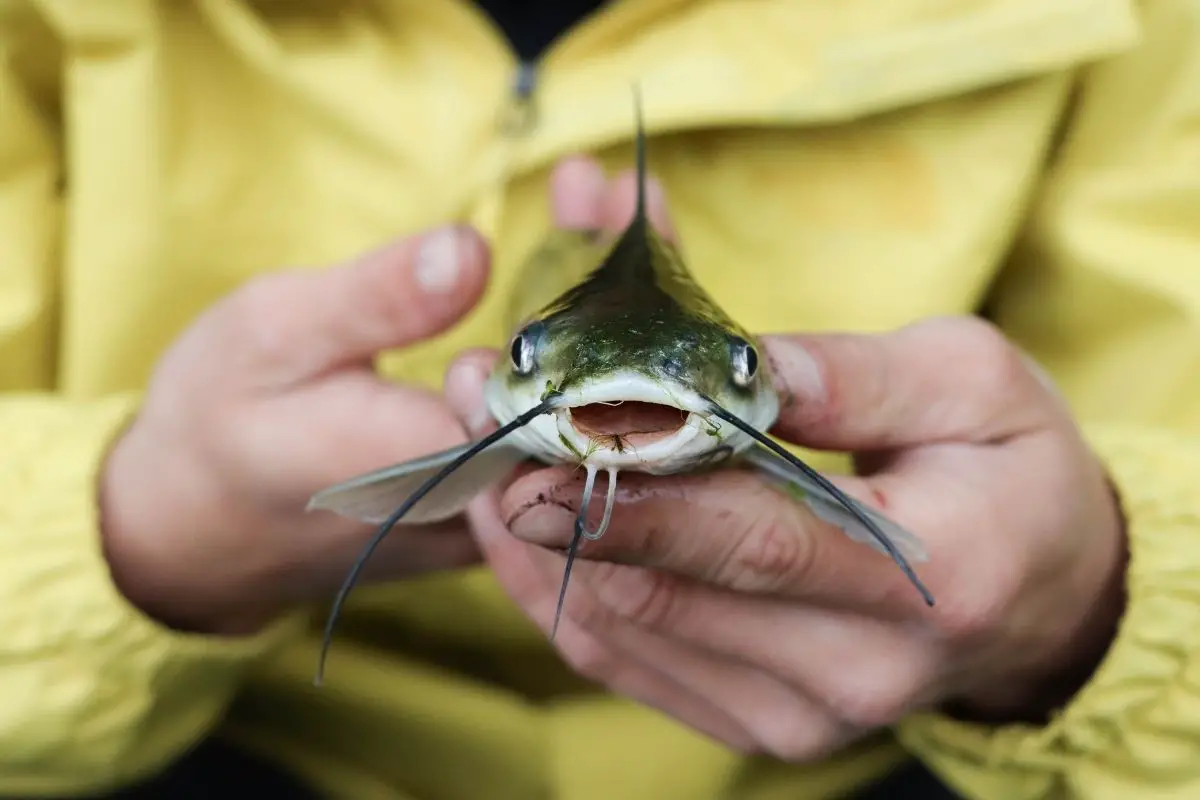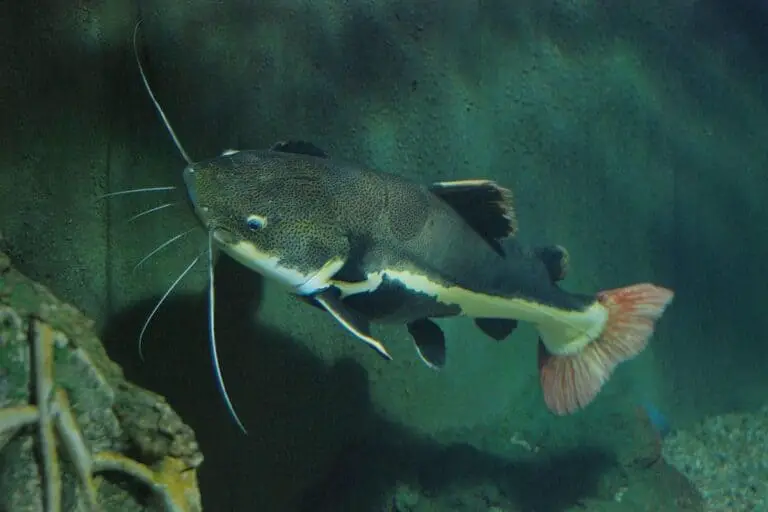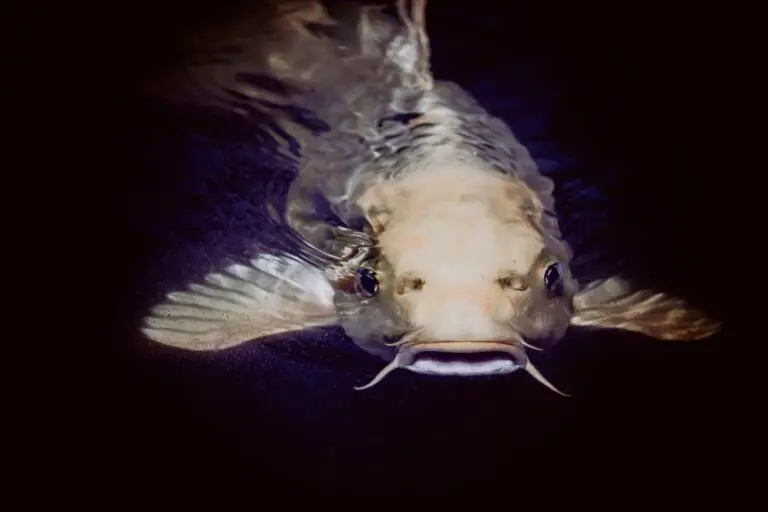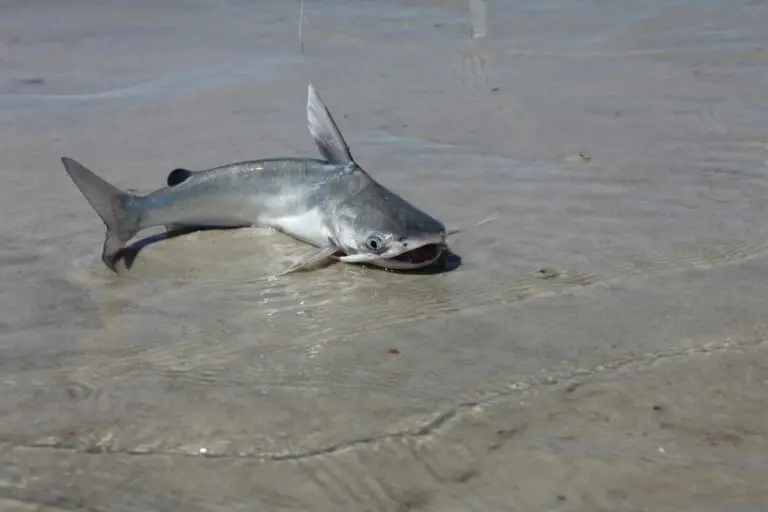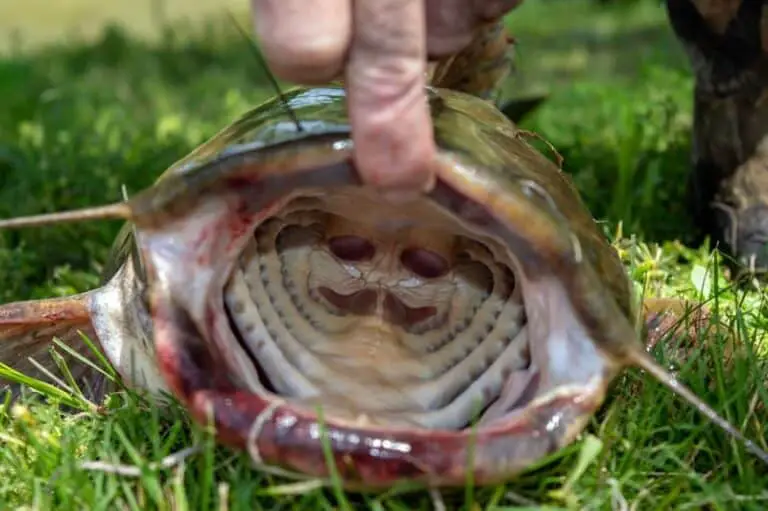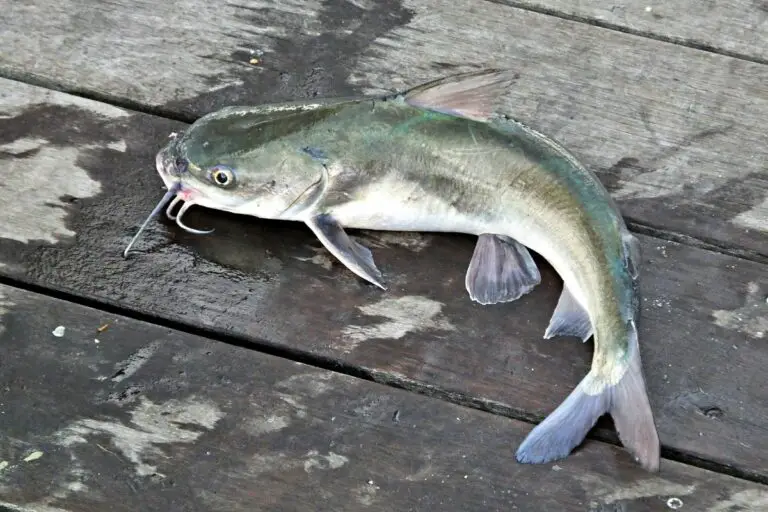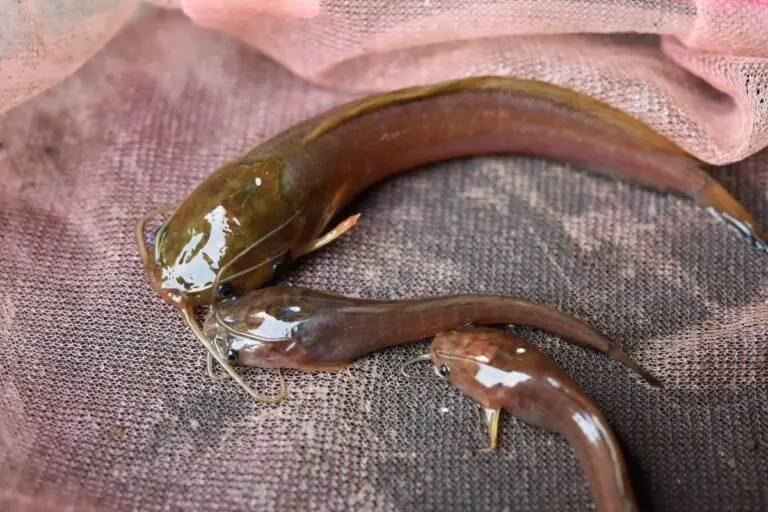Do All Catfish Sting? An Effective Guide on How NOT to Get Stung
Imagine a venomous animal: a snake, scorpion, mosquito, or spider. Maybe it’s a catfish; I bet that’s not what you pictured, is it?
But do all catfish sting? All Catfish sting as they all have sharp and pointed pectoral and dorsal fins. However, some catfish species are more poisonous than others. It’s important to handle any catfish properly to avoid getting stung.
Continue reading to learn more about why catfish sting, how painful their sting is, and how to hold catfish correctly to avoid getting stung.
Table of Contents
Do All Catfish Sting?

All catfish can sting. Moreover, their sting is painful, but it is not that awful, and the pain won’t last for a long time.
Usually, catfish sting pain lasts for a few minutes to six hours maximum. The issue is not the pain but the secondary infection that can result from the sting itself.
The younger catfish are always more poisonous than the older ones. These younger catfish which weigh under 3lbs, have very sharp and pointed fins that can cut your skin like a knife. These sharp fins will become duller as they grow up.
How Do Catfish Sting You?
Catfish are not aggressive fish, but they won’t hesitate to sting you with their dorsal or pectoral fins once they feel they are in danger. Stings are more common in saltwater catfish than in freshwater catfish.
The dorsal fin is located on the midline of the catfish’s back, and the pectoral is on the fish’s side. The top of these fins is very sharp, and they contain venom that causes edema and increases the wound area’s blood flow. The small catfish spines are sharp and pointed, while the large catfish spines are dull and harmless.
By the way, the anatomy of the Catfish is quite fascinating, and you can learn more about it in this article on do catfish have hair or whiskers.
How Painful Is a Catfish Sting?
While catfish sting pain lasts for a short time, anglers always talk about catfish sting pain as the most painful thing they have ever experienced, and in some cases, the stings pain could last for three months, especially when the fish fin penetrates deep into your skin.
Catfish’s venom can lead to a severe infection such as bacterial superinfection, Aeromonas.
How to Hold a Catfish Correctly?

The secret to not getting finned by the catfish is a firm grip. However, keep in mind that each catfish’s size needs to be held differently.
So, here is the correct way to hold different sizes of catfish:
Small catfish (1 to 4 pounds)
If you catch a catfish that can fit in your hand, the best way to handle it is by holding it from the top behind the pectoral and dorsal spines. Behind the dorsal spine, but the area between your thumb and forefinger.
Medium catfish (3 to 7 pounds)
Anglers always prefer to hold it from the outlined above. Put your hand behind the pectoral fins and in front of the dorsal fin.
Giant catfish (more than 7 pounds)
Big fish fins are dull and won’t harm you. But they are too heavy to handle with your hands, and it is better to use a lip grip. At this size, you need to be careful of their mouth; it is more dangerous than the fins.
Here is a video showing you the right way to hold a catfish:
Regardless of the catfish’s size, you need to wear protective gloves while handling to minimize the chances of injury.
I recommend the gloves from BIG WORM FISHING. They are super affordable, and for the price, there really aren’t any better-made gloves out there.

You can also learn more about the dangers of handling catfish in this article on whether catfish are dangerous to touch.
How to Treat a Catfish Sting?
Now, what if you are not so lucky and have got stung? Let us see how to treat your wound.
There are two ways to treat your wound. Doctors recommend one, and the other one is based on anglers’ experience.
The doctor’s recommendations to treat catfish stings are:
- Soaking your wound in warm water will reduce the damage.
- Clean the wound with fresh water.
- If there is a spine in the wound, try to remove it using a tweezer.
- Don’t tape or sewn the wound together
- You may need a tetanus shot, and an oral antibiotic is good for stings.
- Usually, doctors recommend taking the antibiotic after the signs of the infection have cleared for five days.
- Taking acetaminophen every four hours or ibuprofen every six to eight hours will ease the pain.
The angler’s recommendation to treat catfish stings is:
- Once you get finned, rub the puncture on the fish belly for ten to fifteen seconds, and the pain will almost stop immediately.
For me, the doctors’ recommendations are more convincing for treating a wound; what do you think?
How to Release a Catfish to Avoid Stings?
When you want to release a small catfish, the easiest way to remove it is a rapid drop by opening your hand and moving it away quickly. This will keep you away from the stings.
If the fish has a hook inside its jaw and it is one of the giant catfish, releasing it will be more challenging.
You will need to wear thick rubber gloves to keep your hands safe while unhooking the fish, then carry it from its jaw and drop it.
Wrap up
All catfish can sting; however, the smaller catfish fins are sharper than giant catfish. They use their pectoral and dorsal fins to sting, so you won’t get stung if you hold it in the right way.
A firm grip behind the dorsal spine is the best way to hold a catfish. If the fish is heavier than three pounds, hold the outlined above. Meanwhile, the simplest way to release a catfish without getting stung is rapid drop.
If you get finned, soak your wound in warm water to ease the pain and follow the doctor’s recommendations to treat your injury.
Outdoorskilled’s Recommended Gear for Superb Catfishing
I’ve testeI’vezens of reels, rods, and lines for Catfishing, and after years of testing, here are my quick picks that will definitely improve your current setup and results!
My recommended reel is the Abu Garcia Ambassadeur Reel C3-7000 which is ideally suited for catfish.

The rod I always recommend is the KastKing Perigee II Fishing Rod. It’s lightIt’sht, durable, and affordable. Furthermore, you’d haveyou’dde selection of models to choose from, whether you’re looyou’reor a spinning or casting rod. Lastly, it comes in twin-tips models, which means you’ll be you’llg two rods rather than one.

What I use is the Berkley Trilene Big Game Monofilament Fishing Line as it’s the sit’sgest, toughest mono I’ve ever I’veed and because it has exceptional shock strength, great knot integrity, tremendous abrasion resistance, and a high-visibility color option, you really can’t findcan’ter options

Related Questions
What Is the Most Common Site of Catfish Stings?
The most common site for catfish stings is the hand. The catfish stings are painful, but if you treat them correctly and take the antibiotic, your wound will be healed, but if you ignore it or treat it wrong, the wound will develop gangrene and require cutting your wound area it is a finger or the hand.
Do Catfish Bite?
Catfish do not bite. Their teeth are not sharp enough to BITE as they have small teeth. Their teeth are angled inward, which makes it difficult for them to bite or cause serious injury, even if you’re noodling catfish and putting your hands into their mouth.
Resources for Catching Catfish Faster and More Easily
- Upgrade your gear with the best Catfish Rods here and the best Catfish Reels here
- You should also check out these perfect catfish rod and reel combinations here.
- Take your catfishing skills to the next level by checking this guide to catching Catfish
Helpful Resources
Fishing for Catfish: The Complete Guide for Catching Big Channells, Blues and Flatheads
If you like this article, please share it or pin it, you can find the share buttons below. We will really appreciate it ❤️

